A crossroads of culture, wonderfully warm weather and delightful desserts - this is Cyprus in a nutshell. If this vibrant Mediterranean island hasn’t yet made it onto your travel bucket list, jot it down now. Bonus: For those keeping track of their Travelers’ Century Club list, Cyprus ticks off the boxes for British Sovereign Base Areas of Akrotiri and Dhekelia, Republic of Cyprus and the Turkish Federated State of Cyprus.
Here’s why we love Cyprus and why you should visit at least once in your lifetime.
Colorful, Cultural Cuisine
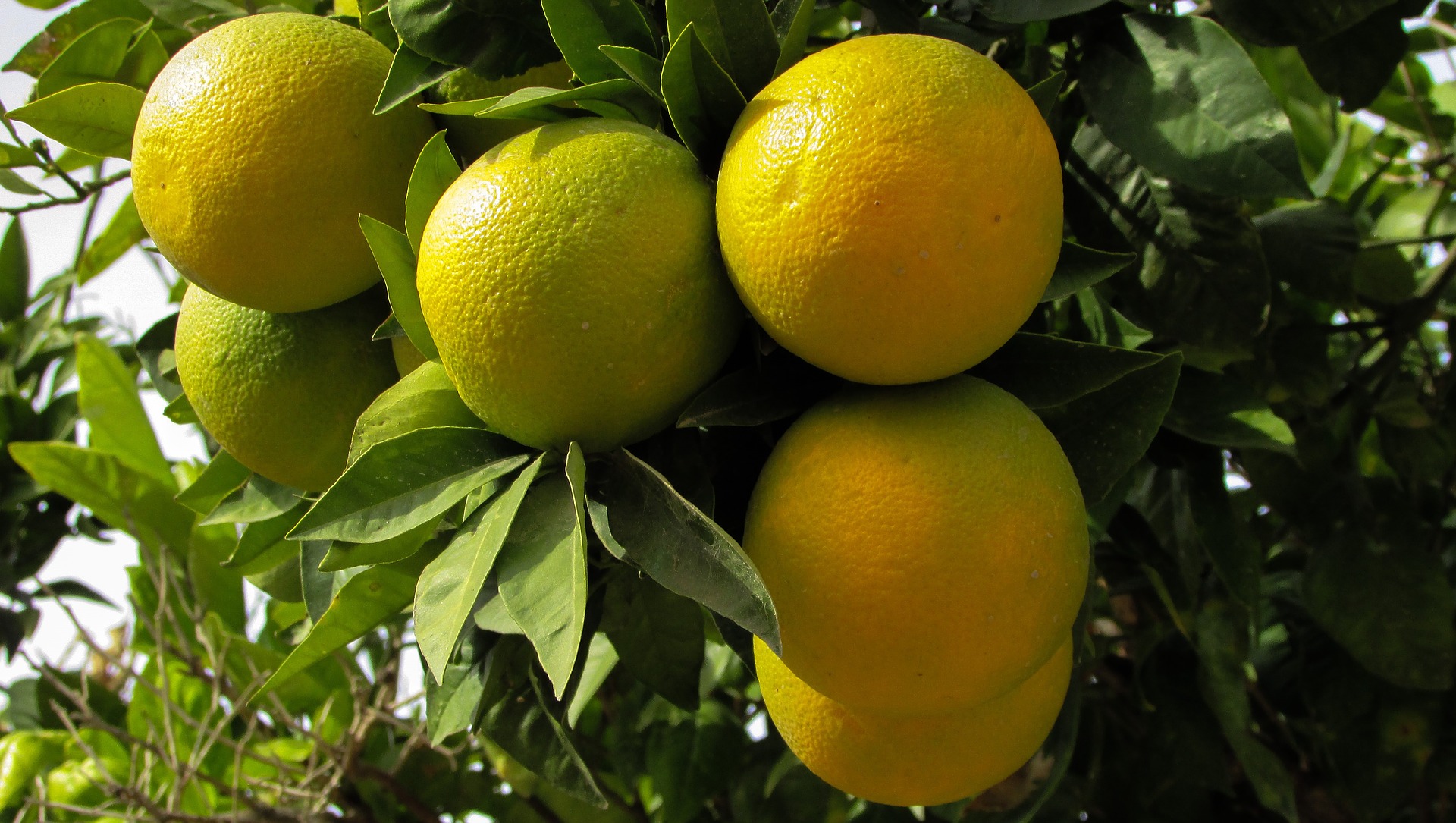
Bring a hearty appetite to Cyprus, where the cuisine shares influences of Southern Europe, the Middle East and Central Asia. Vegetables are favoured, making it an excellent destination for vegetarians and vegans - you’ll find local produce raw, fried, served cold with yogurt, dried, cooked. It’s all a delight! Don’t miss the traditional durum (Turkish wrap), essentially a salad rolled up in lavash bread - add melted kaşar cheese for a treat.
If you crave sweets, you’ll love the traditional sweets of Cyprus. Turkish and Greek Cypriots alike dip strings of walnuts or almonds in fruit juice, then honey, and leave them out to dry in the sun. Wherever you’re served coffee or tea, you’re likely to be offered these syrupy sweets, called soujouko. Or, pick them up in a market or at a street stall.
Sunny Skies
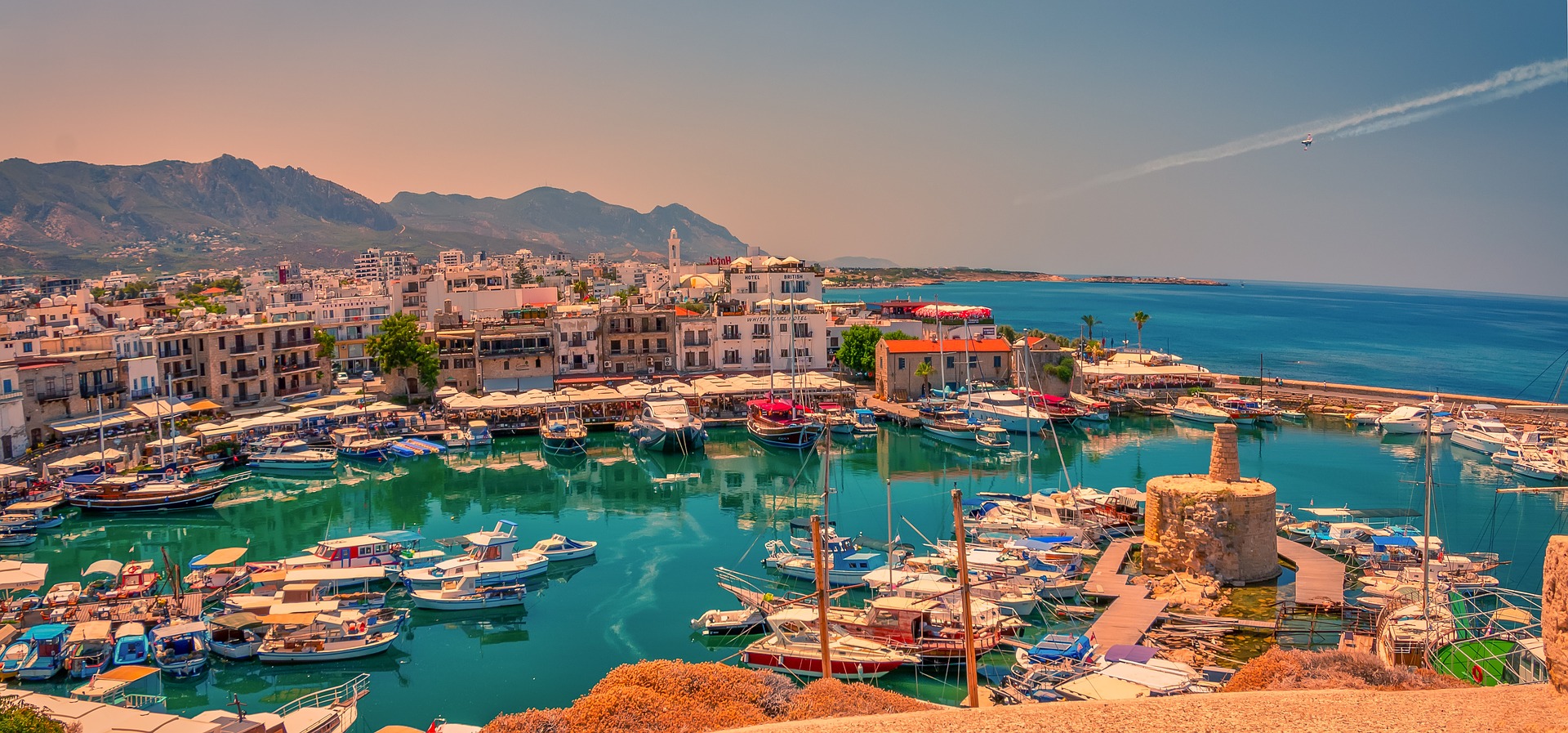
There’s a reason Europeans escape the winter doldrums with a vacation in Cyprus - even in the thick of winter, there are generally six sunny hours per day to enjoy. Winters are generally mild, summers are long and autumn and spring are pleasant. With blue skies and warm weather come seaside activities of all kinds. The island has more than 40 official blue flag beaches for swimming and other watersports. The most extensive coastline areas are near Larnarca, Famagusta, Aiya Napa, Kyrenia, Limassol and Paphos.
Amazingly Ancient
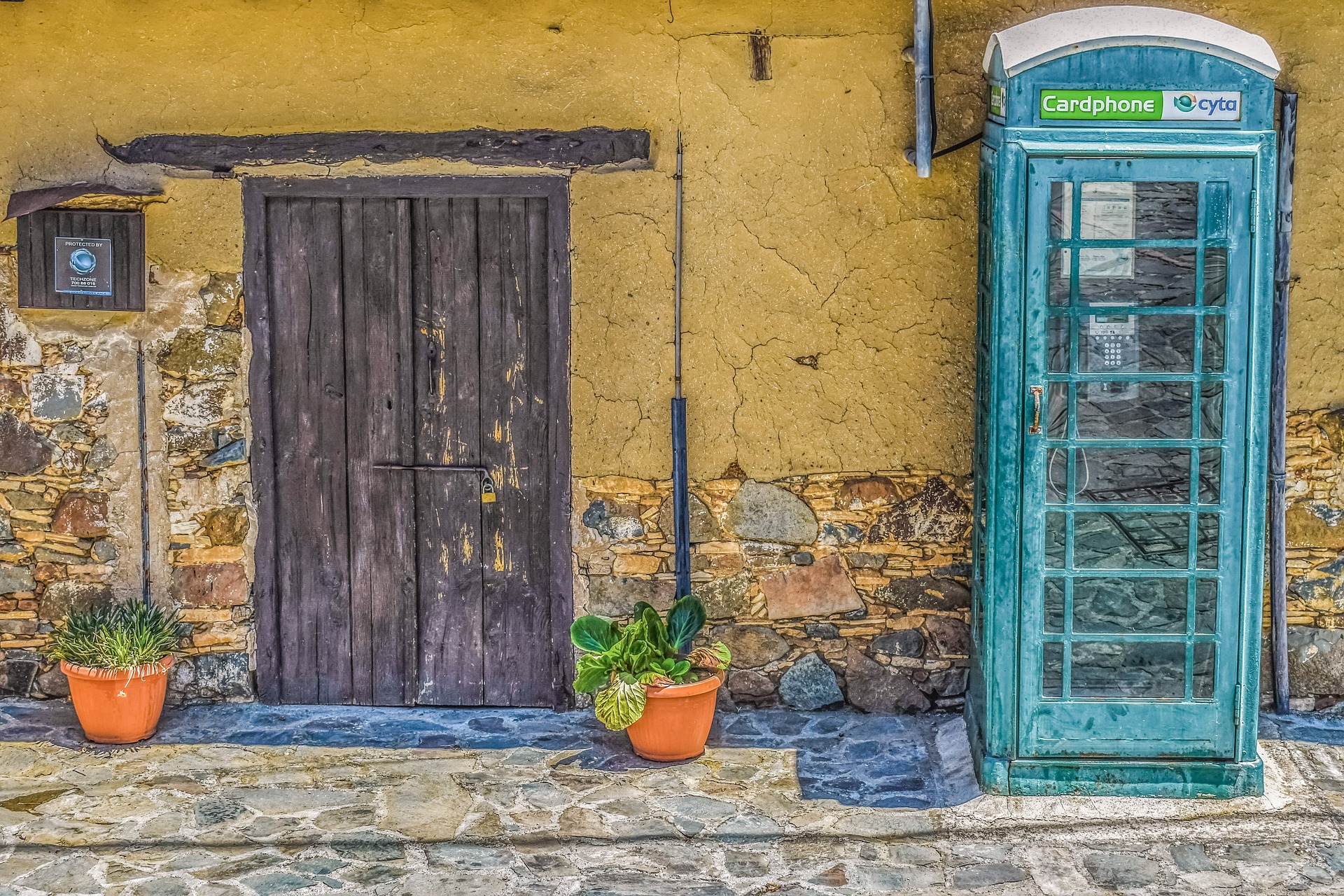
Cyprus has one of the oldest histories in the world, dating as far back as 1100 BC. History buffs will love venturing to Salamis, once ruled by the Assyrians, Egyptians, Persians and Romans, in succession. At Soli, an ancient Cypriot city-kingdom, you can explore various excavation sites (it’s far from completed, with much more to discover). Elsewhere throughout the island, you’ll find ancient churches, museums and monuments telling the stories of the past.
I’m Intrigued. Where Should I Focus My Visit?
This southeastern Mediterranean nation has three coastal cities, relatively close together, but each offering a different dynamic. Visit all three, yes, but choose where to base yourself on your own interests and travel style.
Larnaca: This third-largest Cypriot city is home to the international airport, so you’ll be flying in here. If staying here, you likely won’t need to rent a car for your local sightseeing, instead using public transportation or walking and spending, hopefully, a lot of your time on the beach. There’s a pleasant seaside promenade, enticing restaurants and cafes, but this isn’t necessarily the place for a lot of historic sightseeing or active pursuits. Visit the Larnaca Salt Lake, see the flamingos at Hala Sultan Tekke, admire the pretty Church of St. Lazarus and check out the Larnaca Castle fortification.
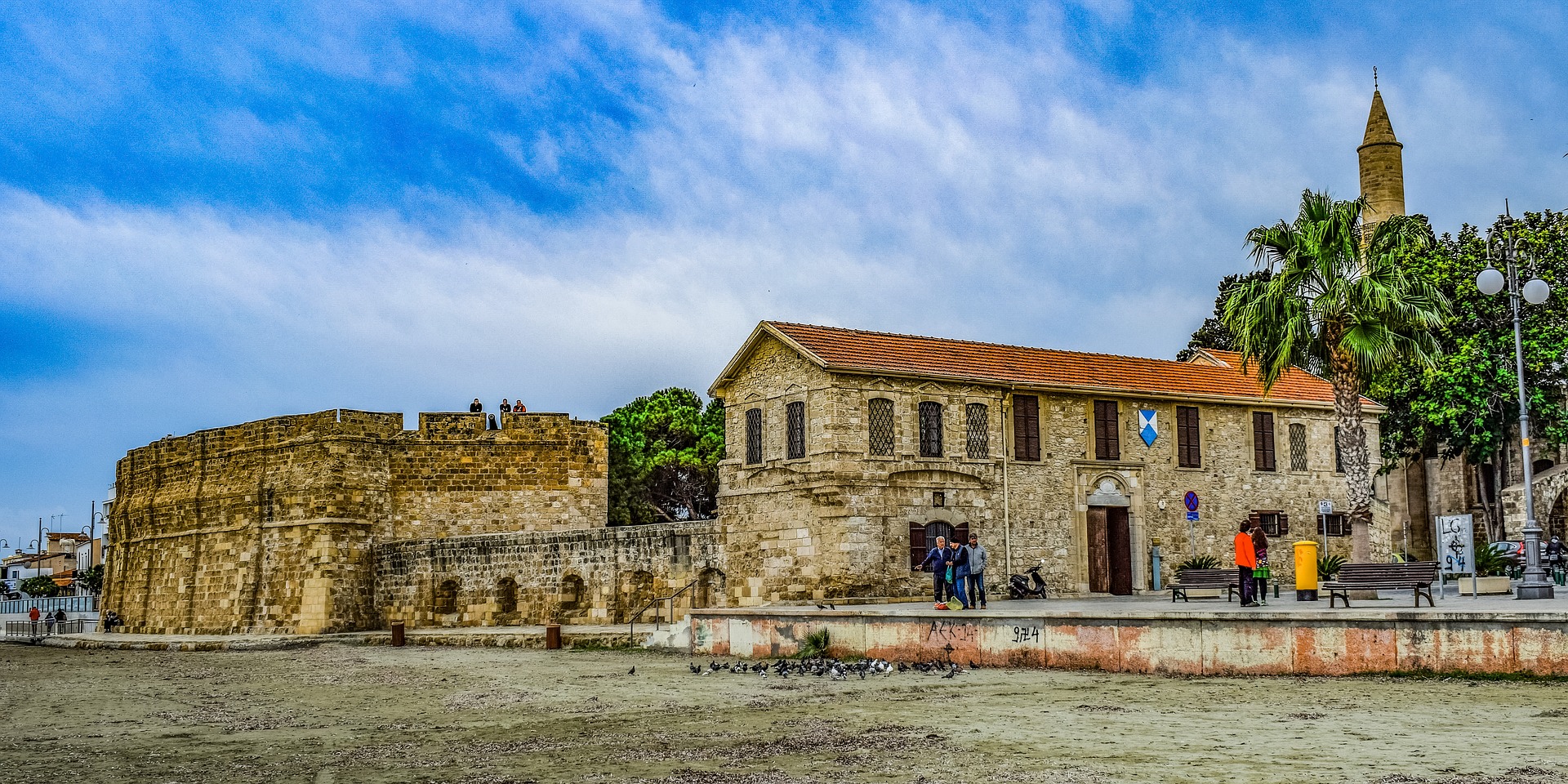
Paphos: With the island’s second-largest international airport, you’re just as likely to fly in here as Larnaca. It’s one of the most popular destinations on the island and believed to be the birthplace of the Greek goddess Aphrodite. For active travelers and history buffs, this is a great place to center your stay. As opposed to Larnaca, it’s advisable to rent a car to get around and outside of Paphos. There are countless archaeological sites here, including the Kato Paphos Archaeological Park, the Tombs of the Kings, the Agia Kyriaki Chrysopolitissa and Paphos Castle. Love wildlife? Check out the Tala Monastery Cat Park and the sea turtles on Lara Beach.
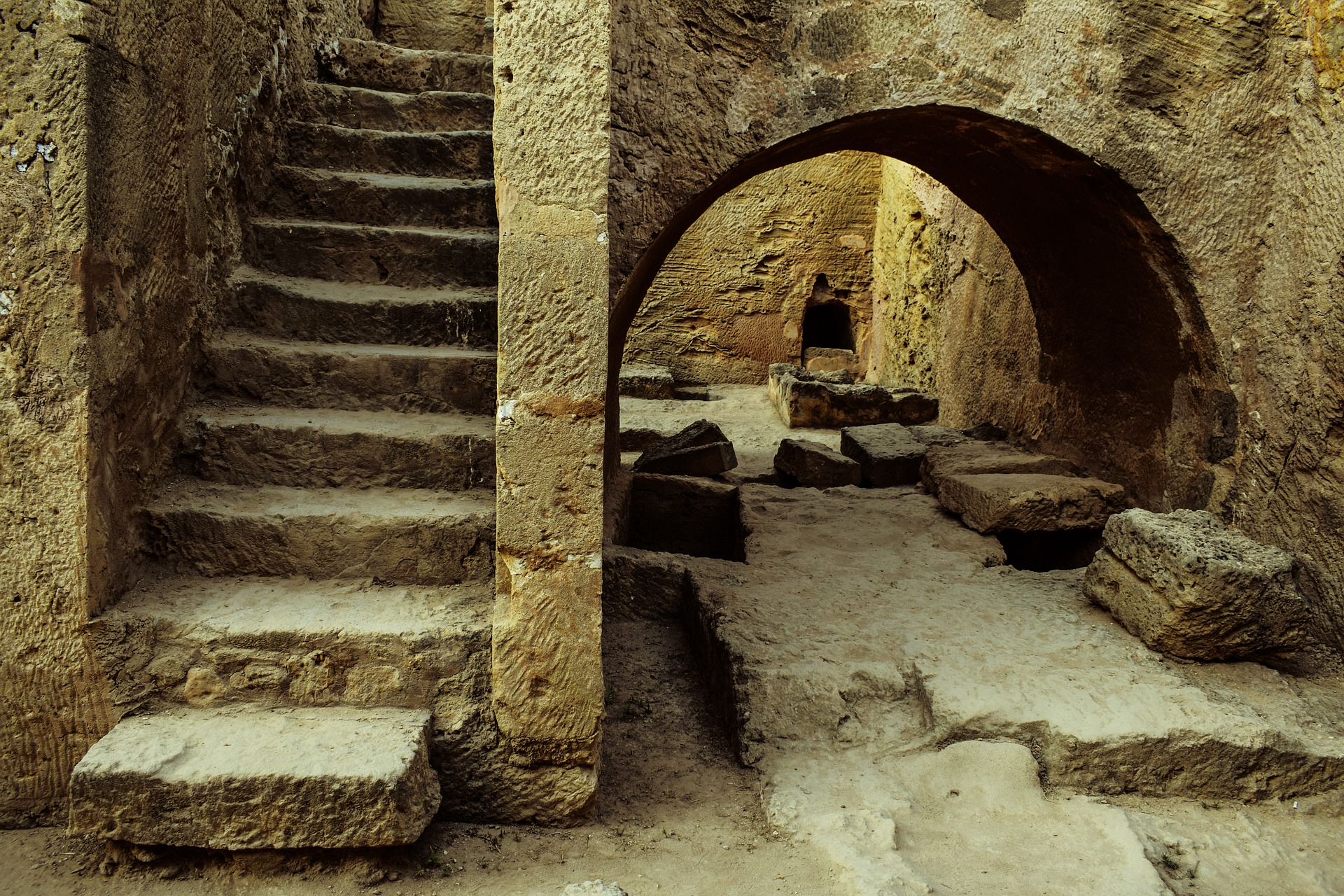
Limassol: More built up than Larnaca or Paphos, bustling Limassol is between the two other cities and easily accessible by car. From here, you can venture into the Troodos Mountains to charming alpine villages where you’ll be able to taste incredible local wines (the world’s oldest wine - Commandaria - is only allowed to be produced in the Limassol district of the Troodos foothills). Visit the wine museum, the Kurion Archaeological Site, the Amathus Archaeological Site, stunning beaches and more, all close to the city.
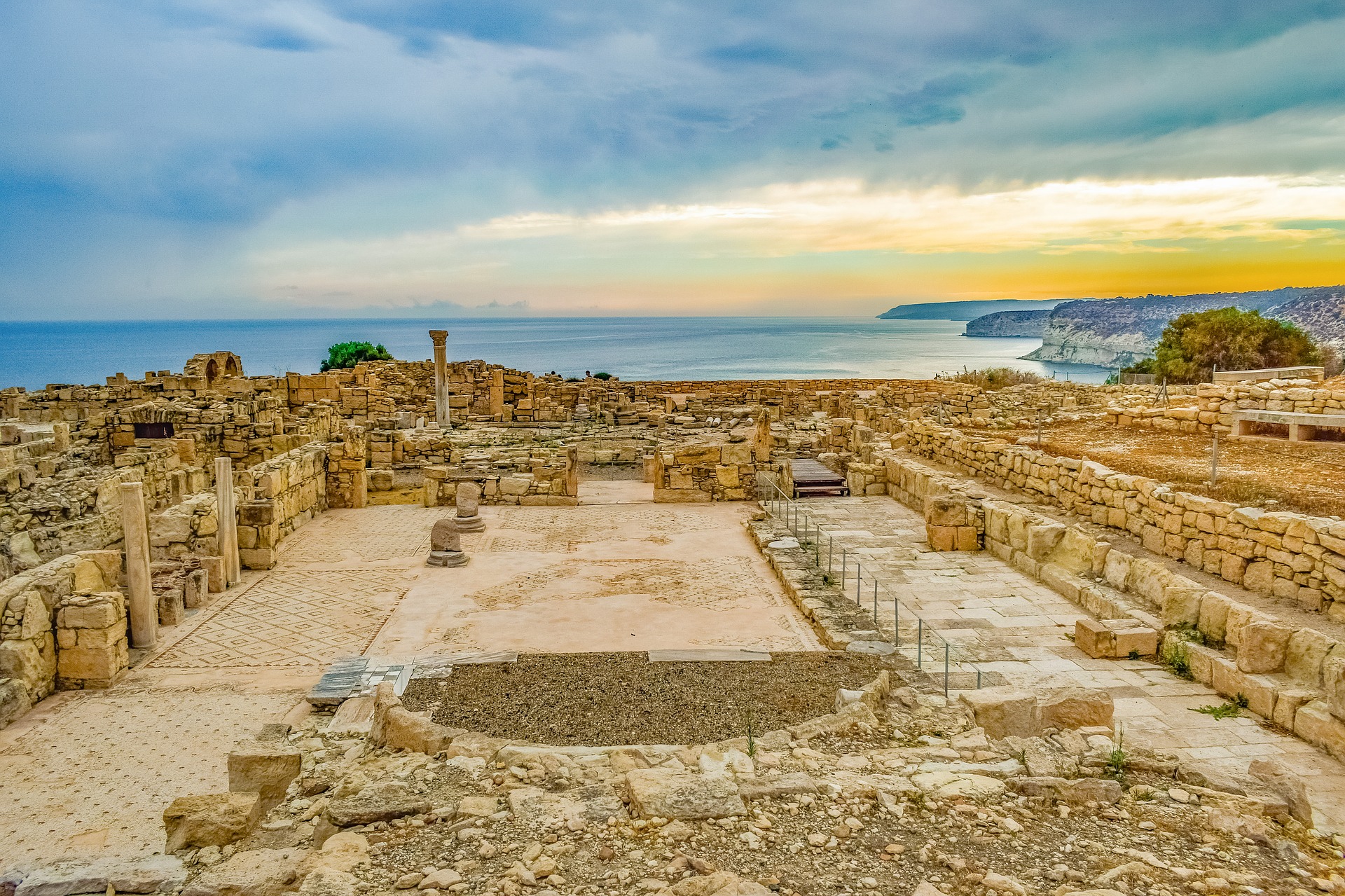
Ready to plan a trip to Cyprus? Let’s chat. You can sign up to schedule a consultation or sign up for my weekly newsletter for more inspiration.

